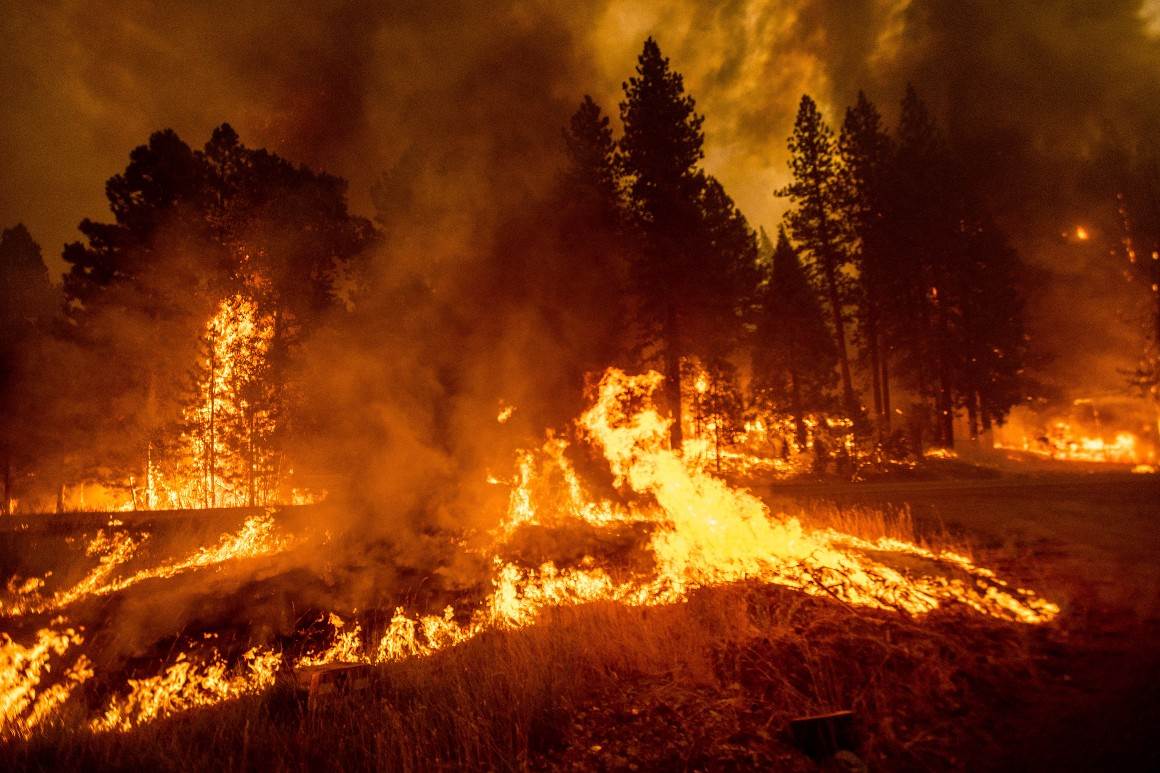Impact of climate change on California’s wildfires
Wildfires have recently become a more serious environmental concern in California, as the summers become hotter and the fires burn longer, causing long-term effects on the environment and ecosystem.
-

Impact of cimate change on California’s wildfires
According to a recent study published in the journal Science Advances by UCI's Department of Earth System Science, fires in the Sierra Nevada ecoregion, a geographical and ecological area in eastern California, have "increased considerably" in recent decades.
The study, led by project specialist Aurora Gutierrez and co-author Dr. James Randerson, discovered that the reason for the increase in fires is a change in vegetation composition and residential development caused by 20th-century fire suppression policies. As a result of these changes, "a new fire regime of infrequent, high-intensity fires" arose in the mid-to-late 1900s.
With population growth and housing development changing land-use patterns, there has been an increase in "denser, more flammable vegetation with a more connected landscape for fire spread."
According to Gutierrez and Randerson, higher temperatures caused by climate change, specifically hotter, drier summers, lengthen the fire season. This, in turn, raises the risk of a fire by drying fuels, increasing their flammability and spreading patterns.
Current climate change patterns further alter the structure and function of the Sierra Nevada ecosystem, and the ecoregion's evolution in response to global warming is unknown.
Gutierrez and Randerson correctly predicted an increase in fire frequency by examining its relationship with temperature: "the likelihood of fire occurrence increases nonlinearly with daily temperature... a 1°C increase [yielding] a 19% to 22% increase in [wildfire] risk."
The study also stated that "current estimates of past and future fire occurrence relationships may underestimate climate-driven changes in the ignition and initial fire spread." This suggests that focusing on efforts to reduce extreme temperatures may be beneficial in fire prevention even when red flag conditions are not present.
According to the study, the effect of daily temperature on fire occurrence is closely related to the likelihood of the fire escaping human control. Activities that pose a minor fire risk under normal conditions can significantly exacerbate fire spread during hotter periods when vegetation is dry.
Despite temperature conditions returning to normal, Gutierrez and Randerson discovered that fires that started during these heat waves, even if they only lasted a few days, can grow into larger wildland wildfires that are difficult to contain. A higher initial rate of fighter spread was found to increase the resilience of these disasters to subsequent periods of cooler, more humid conditions.
Aside from the environmental impact, the study found that these heatwaves have a variety of human consequences, stating that "increases in summer heatwaves... will contribute to more hospital visits and higher mortality."
Although the current temperature rise is gradual, the resulting fires and their increased frequency reduce the quality of both air and life in the western United States.

 3 Min Read
3 Min Read









